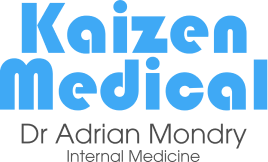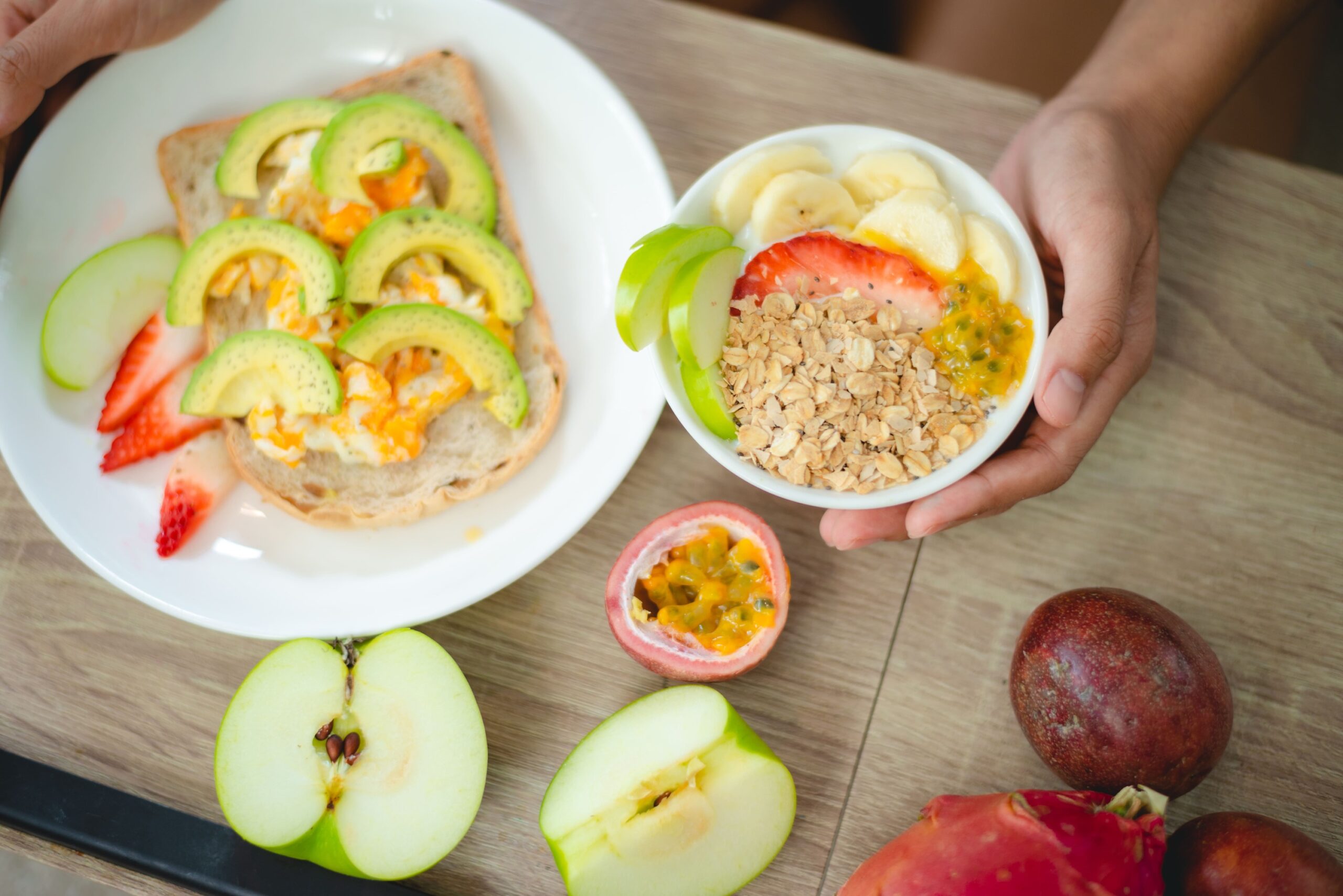The Dietary Approaches to Stop Hypertension (DASH) diet offers an evidence-based approach to lowering blood pressure through thoughtful food choices. Whether managing existing hypertension or taking preventive steps, these strategies can help you make heart-healthy choices without sacrificing culinary enjoyment. This article offers practical guidance for implementing DASH principles within the local food culture, helping you support cardiovascular health while still enjoying your favourite flavours.
What is the DASH Diet?
The DASH diet is a balanced eating plan developed specifically to help lower blood pressure without medication. This approach emphasises whole foods while limiting sodium intake and processed foods.
Science-backed results: Studies show that the DASH diet can reduce systolic blood pressure by 8-14 points, which is comparable to some prescription medications. These benefits typically appear within two weeks of consistent adherence.
Beyond blood pressure: The DASH diet also supports weight management, reduces cholesterol levels, and decreases the risk of heart disease, stroke, and type 2 diabetes. It aligns with general recommendations for heart health from medical organisations worldwide.
Flexible approach: Rather than a rigid eating regimen, the DASH diet represents a pattern of eating that can be adapted to various cuisines and food preferences, making it particularly suitable for our multicultural food environment.
DASH Diet Principles
The DASH diet focuses on specific food groups while limiting others. Learning about these principles allows for adaptation to local ingredients and dishes.
Vegetables and fruits: The DASH diet recommends 4-5 servings each of vegetables and fruits daily. These plant foods are rich in potassium, magnesium, and fibre—nutrients that actively help reduce blood pressure. Try including at least one fruit or vegetable with each meal to gradually reach your daily target and maximise the blood pressure-lowering benefits of the diet.
Whole grains: The plan recommends 6-8 servings of whole grains daily. Brown rice can replace white rice, while whole grain versions of staples such as bread, noodles, and chapati offer nutritious alternatives. These complex carbohydrates provide sustained energy and contain more nutrients and fibre than their refined counterparts.
Lean proteins: The DASH diet recommends 1-2 servings of protein daily (totalling 6 or fewer servings of animal protein weekly). This includes lean cuts of meat, skinless poultry, and fish. Plant-based proteins such as tofu, tempeh, legumes, and nuts are alternatives that also contribute beneficial fibre.
Low-fat dairy: The DASH plan includes 2-3 daily servings of low-fat dairy products. Options such as low-fat yoghurt, milk, and cheese provide calcium, protein, and vitamin D that support bone health alongside cardiovascular benefits.
Adapting DASH to Your Daily Life
Singapore’s rich food culture offers numerous opportunities to implement DASH principles while enjoying traditional flavours and dishes.
Cooking at home: Preparing meals at home gives you control over ingredients and portion sizes. Set aside time for batch cooking, particularly for preparing brown rice, cutting vegetables, and portioning proteins to simplify weekday meals.
Managing sodium intake: Reducing sodium is a key aspect of the DASH diet but can be challenging as many traditional dishes and condiments contain high amounts of salt, MSG, or sodium-rich sauces.
- Be aware of common high-sodium ingredients in local cooking, including soy sauce, oyster sauce, fish sauce, and belacan (shrimp paste).
- When shopping, check nutrition labels for sodium content and look for products with reduced sodium levels.
- Experiment with herbs, spices, citrus, and vinegars to enhance flavour without adding sodium. Ingredients such as ginger, garlic, lemongrass, coriander, lime, and tamarind create satisfying flavour profiles.
Local DASH-friendly foods: Incorporate locally available produce, including leafy greens like kang kong and choy sum, tropical fruits such as papaya and dragon fruit, and proteins like fish and tofu. These foods provide the nutrients emphasised in the DASH diet.
Tips for Long-Term Success
Achieving lasting success with the DASH diet requires a strategic approach focused on gradual implementation and smart substitutions. Rather than attempting drastic overnight changes, start by incorporating one extra serving of vegetables daily and slowly transition from processed foods to whole foods over time.
When cravings strike, have DASH-compliant alternatives ready—satisfy sweet cravings with fresh tropical fruits instead of desserts, and replace salty snacks with unsalted nuts or edamame. This measured, sustainable approach makes the lifestyle change more manageable and increases your chances of maintaining healthy eating habits for the long term.
Conclusion
The DASH diet offers a practical approach to lowering blood pressure through dietary changes that can be readily adapted to diverse culinary traditions. By emphasising whole foods, particularly vegetables, fruits, and whole grains, while limiting sodium and processed foods, you can take meaningful steps toward better cardiovascular health without sacrificing flavours and traditional dishes. Remember that small, consistent changes often prove more sustainable than dramatic dietary overhauls.
Schedule a consultation with Dr Adrian Mondry today for advice on developing a personalised DASH diet plan tailored to your health needs.






